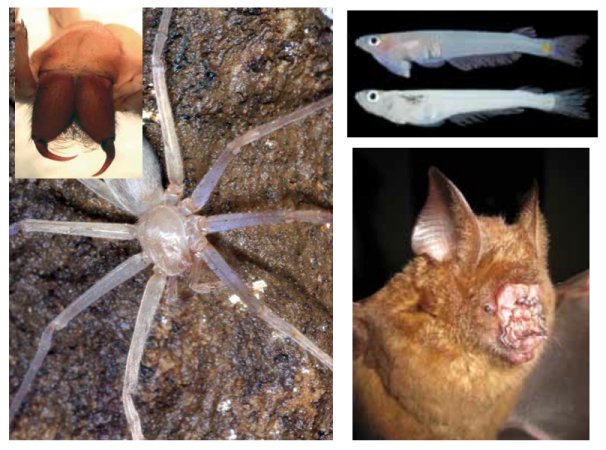

We all thought it would only survive for a few months when it was born in a blast of ash in January 2015. The island, Hunga Tonga-Hunga Ha’apai, emerged from the waters in the Kingdom of Tonga, rising nearly 400 feet above the sea, directly between the islands Hunga Tonga and Hunga Ha’apai.
Researchers quickly directed satellites to take pictures of the new land, certain that it would suffer the fate of many other similar islands, eventually succumbing to the constant onslaught of winds, waves, and currents and crumbling back into the sea. But the island persisted. Two years later, despite some crumbling on the edges, and growing a new isthmus to connect it to its neighbor, the island is still there.
That’s somewhat of a surprise, because unlike solid islands that you think about (you know, the ones on maps), these particular kinds of volcanic islands tend to be little more than fragile piles of ash and fragments of rock balanced on top of an underwater mountain. If it were lava, quenched to a solid in seawater, the island might have been given a more optimistic prognosis. But as it was, no one gave it much of a chance.
Now, in research presented at the annual American Geophysical Union meeting, NASA scientists estimate that this island has several more years to live, though estimates for its extended lifespan range between 6 and 30 years. A new time-lapse developed from satellite images shows its growth and evolution over time.

This is the first time that an island has formed while satellites were poised to take pictures of its creation, but it’s not the first fragile island to extend its lifespan. Surtsey island, off the southern coast of Iceland, has been around for 54 years.
Authors of the research, including Jim Garvin and Dan Slayback of NASA and Vicki Ferrini of Columbia University, think that in both cases, warmer waters around the volcanoes interacted chemically with the ash and rock erupting from the earth, creating a material almost like concrete.
Humans have deliberately used ash to harden concrete for millennia, since the Romans started adding it to their concrete creations.
Seasoned by these chemical reactions, the island Hunga Tonga-Hunga Ha’apai has endured, attracting adventurers, scientists, and vegetation, with small vascular plants and grasses growing in the rich volcanic material.
Ferrini got the chance to visit the island by boat. “Seeing it rise above the water, it was otherworldly,” Ferrini says, describing the trip as exciting—and fairly dangerous. Visiting the island is still a fraught endeavor. Cliffs crumble into the sea, and the new coastal landscape is still hazardous for boats, with unknown sandbars and barriers hidden in the depths. And there’s always the possibility that the island will erupt again.
The researchers have now mapped some of the area around the island, but there are still gaps in the data. Ferrini hopes that the next time they go back, she’ll be able to deploy an Underwater Automated Vehicle (UAV) to venture into shallower, less accessible water than a larger boat.
While this island can teach us a lot about our own world, it also has the potential to teach us about others. Mars, in particular, has fields of surface features that bear a distinct resemblance to Hunga Tonga-Hunga Ha’apai. The hope is that by understanding what processes form these kinds of things on Earth, scientists might be able to learn what happened in Mars’ early days.
“By linking what we see here [on Earth] with quantitative measurements [on Mars], we can ask ‘where was the water shallow and persistent enough to see those effects?’” Garvin says.
In the meantime, the researchers will continue to watch as Hunga Tonga-Hunga Ha’apai grows. “It’s like watching your kids grow up. They grow taller, they may gain or lose weight,” Garvin says. “It’s a real opportunity for learning.”


![Where Will The World’s Water Conflicts Erupt? [Infographic]](https://www.popsci.com/wp-content/uploads/2019/03/18/OJHBNOQN4NNYRDLLI2OLRMRRPE.jpg?quality=85&w=755)




